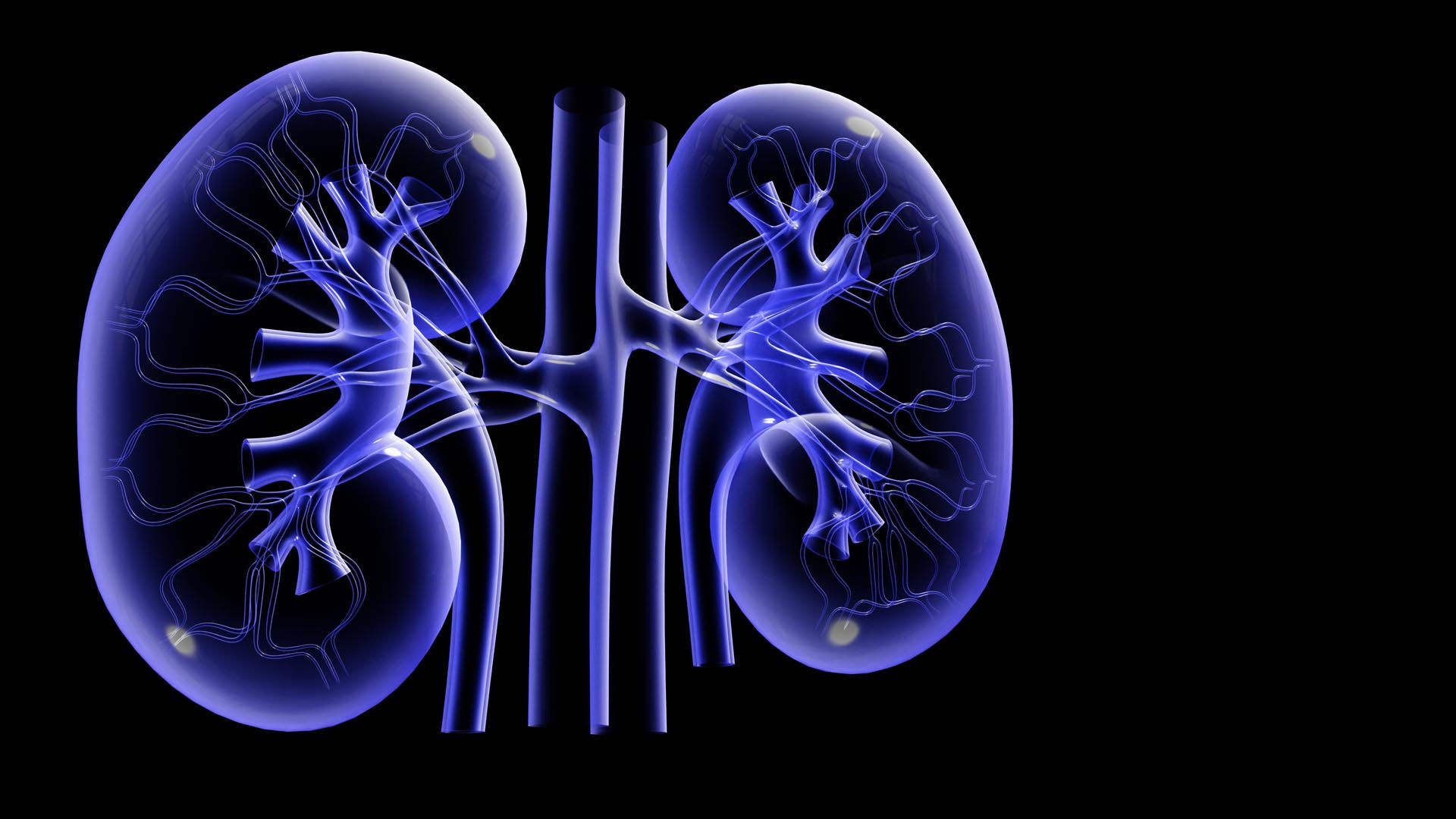

Chronic
Symptoms

Early Symptoms
Appetite loss
General ill feeling and fatigue
Headaches
Itching (pruritus) and dry skin
Nausea
Weight loss without trying to lose weight
Abnormally dark or light skin
Bone pain
Drowsiness or problems concentrating or thinking
Numbness or swelling in the hands and feet
Muscle twitching or cramps
Breath odor
Easy bruising, or blood in the stool
Excessive thirst
Frequent hiccups
Problems with sexual function
Menstrual periods stop (amenorrhea)
Shortness of breath
Sleep problems
Vomiting, often in the morning
Urine Testing: Urinalysis is the basic test for the presence and severity of kidney disease. Fresh midstream urine is used to prevent contamination. Refrigeration at 2-8C assists preservation. Chemical parameters of urine are indicated using the urine dipstick method, which denotes urine pH, haemoglobin, glucose, protein, nitrites and ketones. Urine microscopy is relevant with early morning urine, which is best accumulated and stored and with rapid centrifugation. Figures on the right show: Microscopy of centrifuged fresh urine, there is a red cell cast which is characteristic of acute glomerulonephritis, and the the other image shows crystalluria.

Diagnostic Tests
Symptoms and Diagnostic Tests


Renal Biopsy and Renal Imaging:
Biopsy is taken to investigate and diagonise renal disease in native and transplanted kidneys. It is undertaken with ultrasound renal imaging technique. Ultrasound technique provides the screening and investigation of renal size by echo consistency of cortex and medulla. Apart from corticomedullary differentiation, the presence of cysts, solid lesions and urinary obstructions can be examined for a kidney.
The table beside shows the main indications, contraindications and complications of Renal Biopsy.


